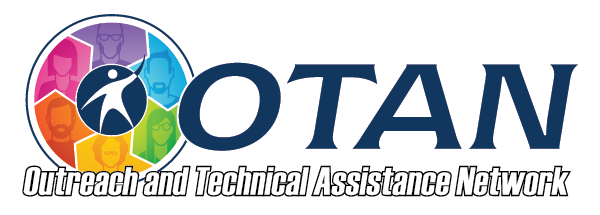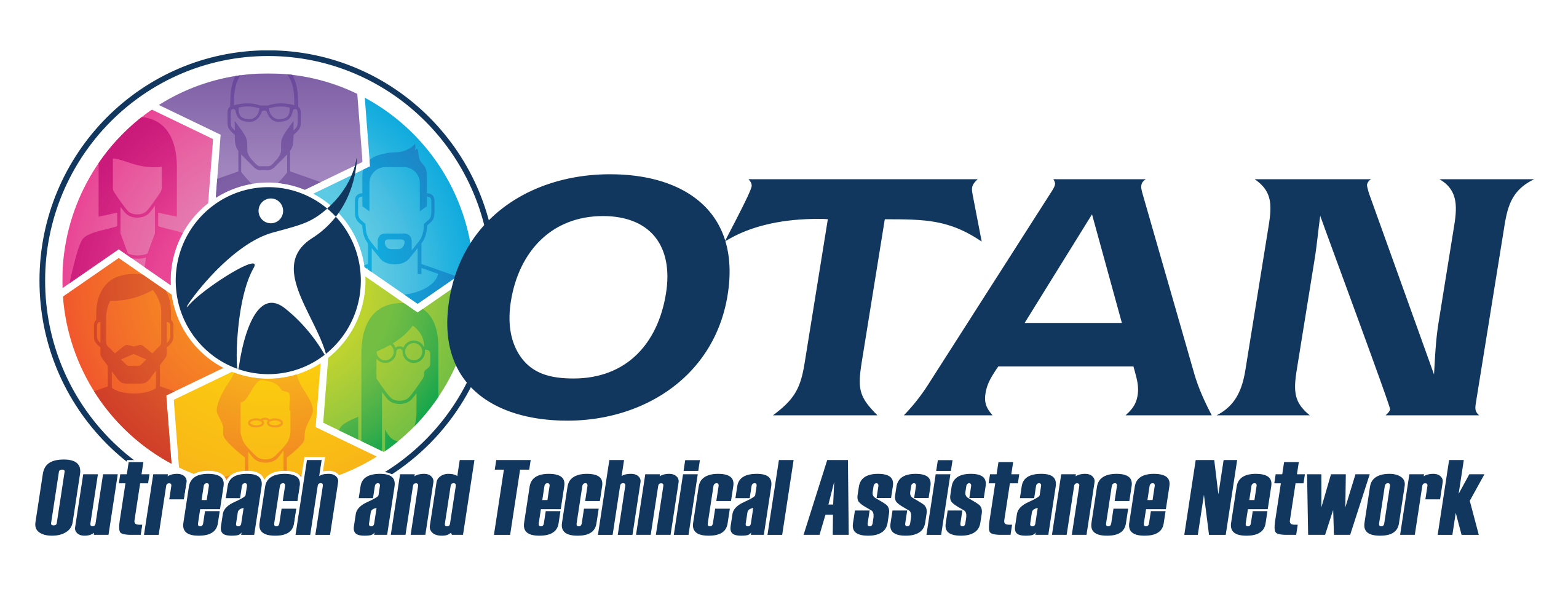Search
Crash Course in World History: Silk Road and Ancient Trade
Details
Activity Description
In this activity, students learn about the Silk Road and Ancient Trade. This video is part of a series of very fast-paced, engaging videos (found on YouTube) on various aspects of World History. Currently, there are 42 videos on World History but over 250 including other topics such as US History, Chemistry, Biology, Literature, and Ecology. They might be just the ticket to engage your high school diploma students to learn their world history.
Preparation
- Preview the video and check to make sure YouTube is not blocked at your site. There may be an ad at the beginning of the video. If so, you may want to play through the ad before class and pause the video where you want it to start during class.
- Prepare some concept questions for students to look for during the video.
- Prepare some comprehension questions associated with the video for distribution after the video.
Teacher Tips
Look through the textbook you are using to cover world history and see how many of the videos would be useful as supplementary material to make history come alive. Then assign the videos as they are presented in the textbook.
More Ways
- This site has many similar videos on other topics of interest to your students. Use the Web Site URL (immediately above) to access the YouTube Channel for Crash Course and browse through other World History, U.S. History, Literature, Chemistry, and Biology videos.
Program Areas
- ABE: Adult Basic Education
- ASE: High School Diploma
Levels
- High

